Welcome to the Boath House, a Highlands hideaway
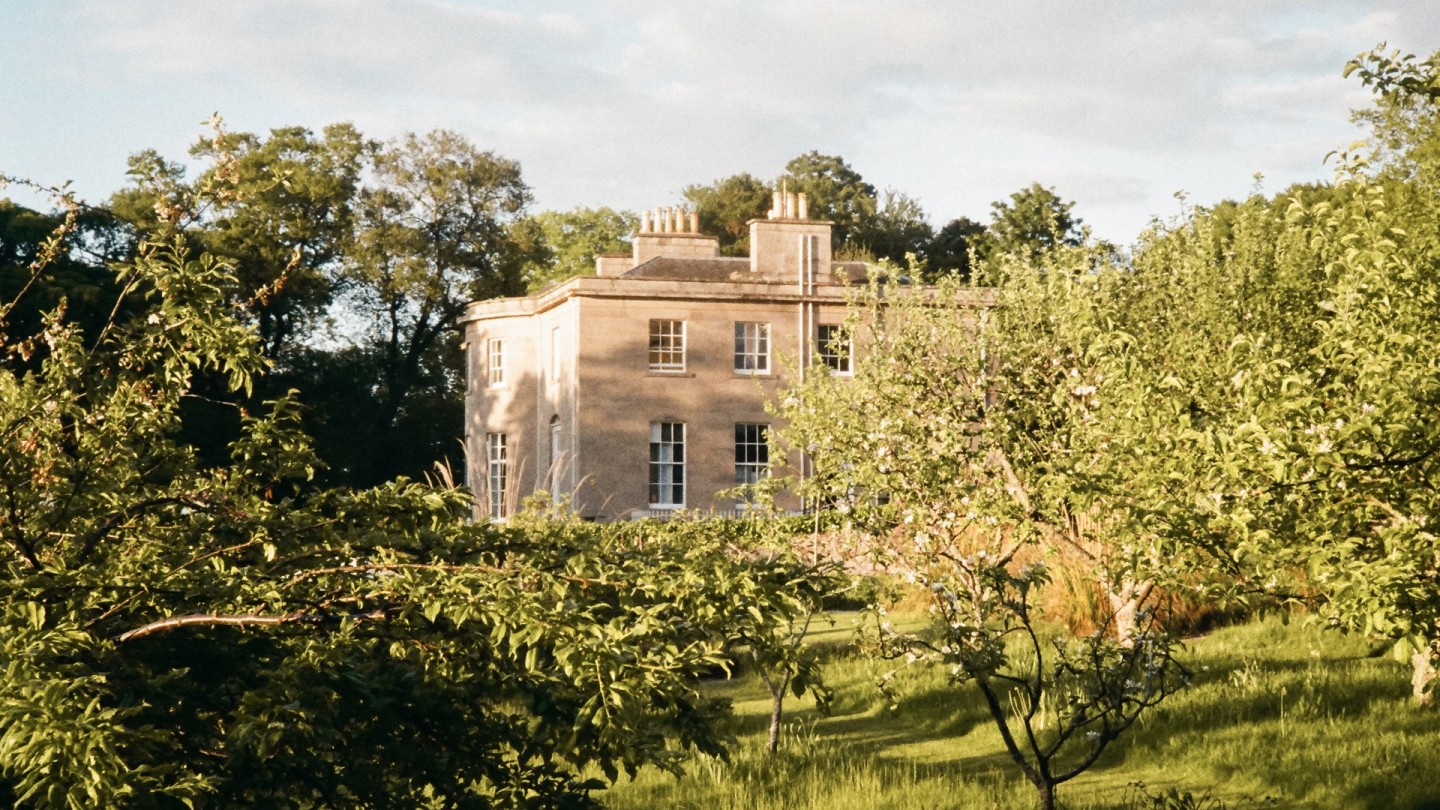
Roula Khalaf, Editor of the FT, selects her favourite stories in this weekly newsletter.
Somewhere in Scotland, there lies a place within some gardens where time stands still. It doesn’t really matter that its actual location is about 20 minutes’ drive from Inverness’ tiny airport; nor that the 19th-century building is petite but proud, flanked by pillars and creeping ivy and surrounded by miles of farmland; real-world facts are a bit of a distraction from the otherworldly mood that takes root upon arrival at Boath House.
“We wanted to create a space for people to vanish,” says Jonny Gent, the artist and one of the founding duo behind Boath, as he descends a spiral staircase and opens a door to a room stacked with salvaged oak furniture that’s currently covered in dust sheets. Dressed in white painters’ overalls and chestnut leather hiking boots, he’s giving me an advance tour of the space. And there’s much to lose oneself in. Other hatches lead to an intimate library, a communal pantry and a soundproofed listening room, where guests can tune into a curated selection of vinyl or the enveloping buzz of silence. Meanwhile, alfresco, there’s the chance to snooze in a hammock over the meandering waterways, sweat out the city in the off-grid sauna or shower in Scottish waters pulled directly from the stream.
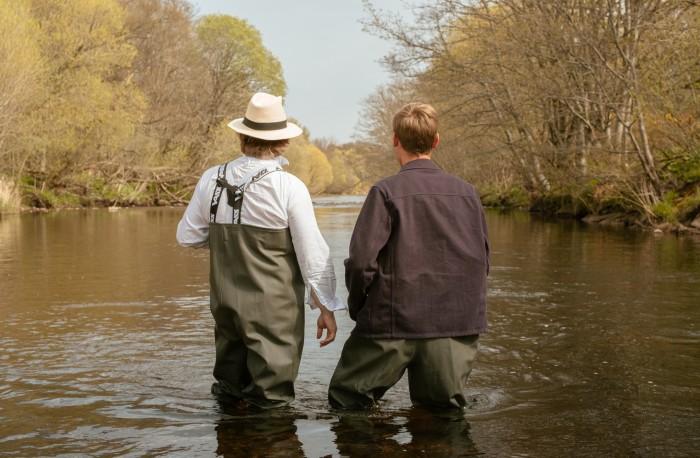
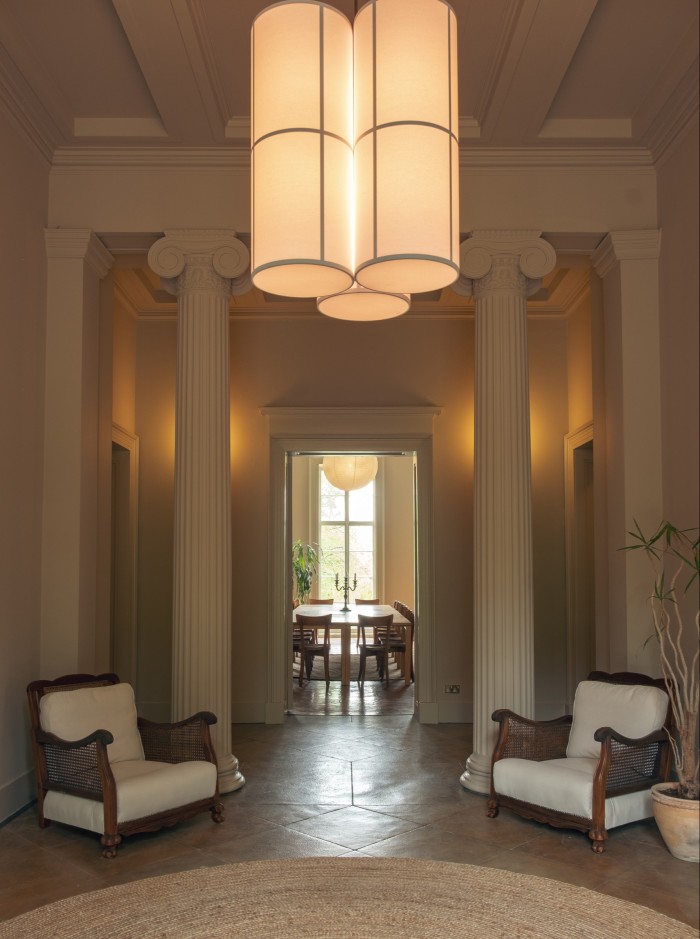
Last year, together with architect Russell Potter and, later, chef Florence Knight, Gent opened the Sessions Arts Club in London; it fast became one of the city’s buzziest restaurants, thanks to its unusual fare, olde-worlde glamour and air of decadence. But Boath House is more Wind in the Willows than Great Gatsby, and it’s an intriguing next move: inspired by Jonny’s old cabin studio, and with Frances Hodgson Burnett’s The Secret Garden part of the mood board, the nine-bedroom Boath House – which is sparse but cosy, filled with dark wood antiques, breezy window voiles and tactile jute textures – is a place of quiet. “It’s about disconnecting and discovery, and the joy of analogue pursuit,” says Gent. “We’ve even taken all the televisions out.” It’s also home to a garden restaurant, walled vegetable patches and on-site artist cabins. Soon, they’ll host in-residence programmes.
Gent was introduced to this stretch of coastline, on the cusp of the Highlands close to Cawdor, by Tilda Swinton, and fell in love with it after living here on and off for two years. “I’ve had around 40 studios all over the world, but the one here was my favourite,” he says of the capacious wooden cabin in the grounds of a castle just minutes from Boath. “It’s a portal into another world; you drive for 30 minutes and suddenly you’ve got wild stags and golden eagles. It feels prehistoric.” A keen host, he would invite friends up for weekends of creativity, hunting and cooking. Around 60 of them made the trip, and the idea for Boath was born.
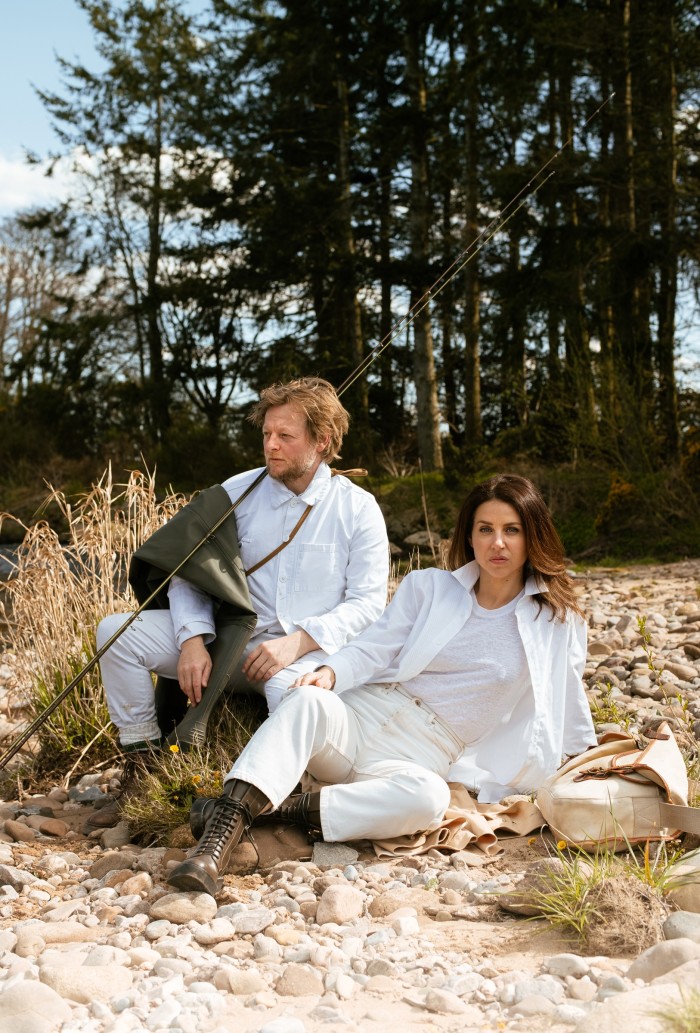
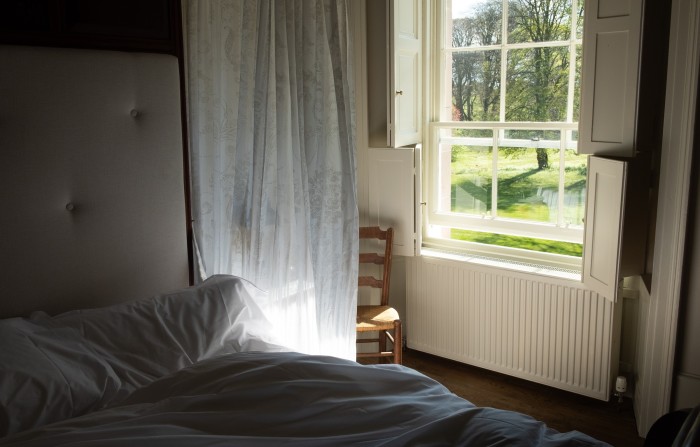
This is the trio’s first with-rooms enterprise. Situating it some 570 miles from London is perhaps a tad bold for these city-dwellers who plan to shuttle back and forth – especially Knight, who will cook in both kitchens. But, equally, that is its allure: it’s one of the furthest places you can possibly fly and remain within the UK. Potter describes his first trip to Inverness as “like having some sort of mind-altering drug… everything is so much slower, it forces you to relax”. In fact, even empty, Boath is imbued with such a horizontal feeling that whipping a laptop out to fire off some emails seems like it would be borderline inappropriate.
The house was owned for centuries by the Dunbar family. Built by Archibald Simpson, known as the architect of Aberdeen, in 1827, it’s filled with arched windows, dome-vaulted ceilings and countless nooks and crannies. After the last Baronet of Dunbar died in 1938, it remained a private house until the 1990s when it was turned into a hotel: Gent found it while travelling. “The decor was absolutely hectic,” says Potter, recalling coving and ceiling roses painted in gilt and lots of “ugly” purple paint; he sympathetically helped restore the original features and turned the palette neutral.
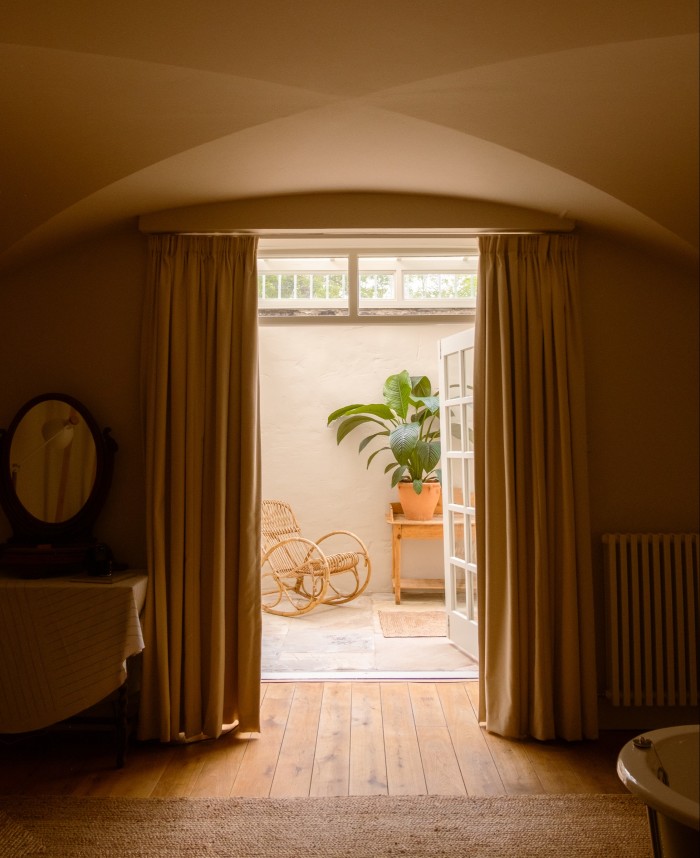
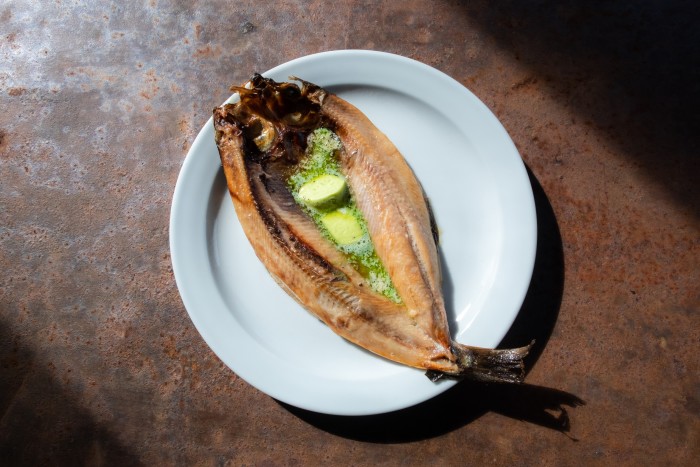
Some 20 per cent of the furniture was salvaged from the old space. This includes the gleaming oak four-poster in my bedroom that, combined with the enormous sash window overlooking the gardens, and my free roaming of an otherwise vacant house, made me feel like a millennial Mary Lennox. “We want the house to feel like everything has been collected over time,” says Potter. Some bedrooms feature cork boards where guests can leave notes or mementoes of their stay: each visitor, like each resident artist, is considered a custodian of sorts.
Staff, too, are encouraged to be stewards. The young team of gardeners and chefs, who grew up fishing with their dads and grandads in local waters, will also take guests out to catch. It brings a village-esque, odd-jobs ambience to their hospitality. And if Boath were a village of its own, visitors to its pub would likely meet the Nairn resident known as “History Alan” – a keen storyteller, fountain of Scottish knowledge and a gardener at Boath. He has created a hand-drawn map of the river for guests, featuring spots for fishing, picnics and swimming, and it includes some real gems. “It’s the best-kept-secret stuff you only find out from locals,” says Gent, who is on the hunt for horses to put in a paddock after Alan told him part of the garden was once used as one.
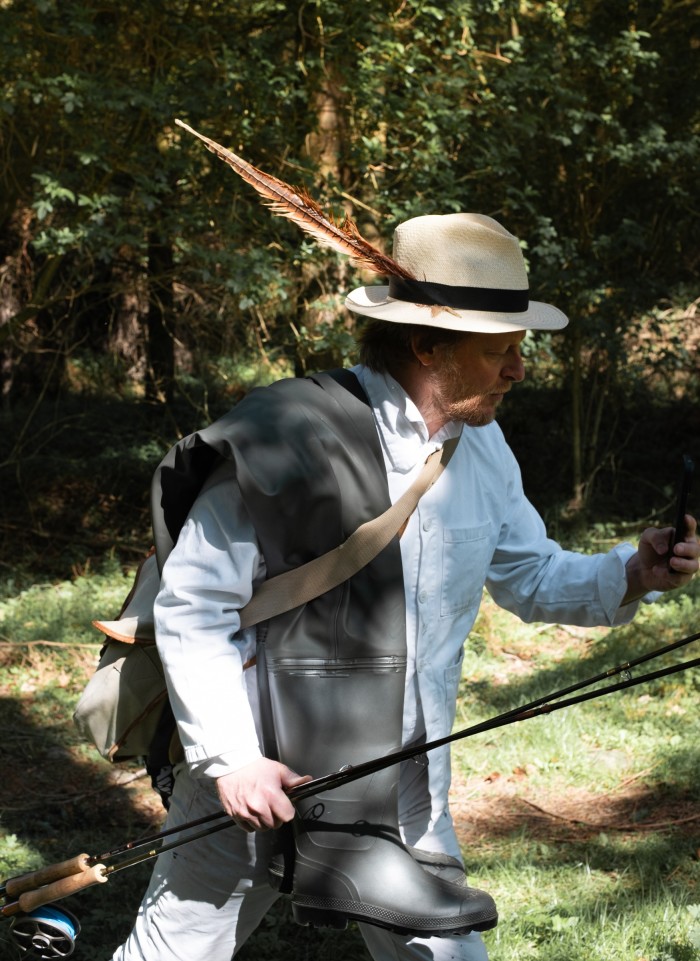
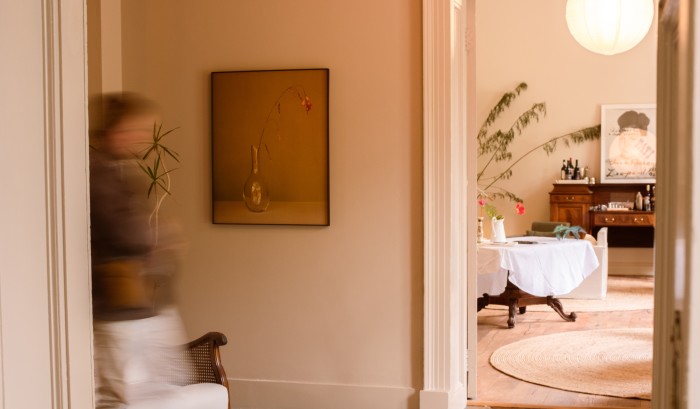
Being sympathetic to Boath’s history does not, however, mean caving to the classics. There are no tartan blankets, no taxidermy to be found here; nor is haggis a dinner staple on Knight’s innovative menu. Instead, Scottish traditions are subtly retained throughout. Texture comes via sheep- and deerskins, while the cabins were built using local timber and the paints mixed with ash from the firepit to bring an age-old patina – like a primal geotag.
“It’s about us doing what’s not expected,” says Knight, who walks that talk in the kitchen. Haddock is whipped into a mashed potato and topped with a poached egg; mussels are deep fried, while pinhead oatmeal is used in cakes or else served up with a dollop of local heather honey for breakfast. Anything that’s not grown or caught is sourced locally, but by August she’ll have a pickling station and beehive, whose produce will be served and sold. “Instead of spending time dealing with suppliers, the garden will give me space to experiment,” she says. “Naturally, it will feed into what I end up doing at Sessions.”
Should guests or any on-site artist fancy trying their hand at creative pickling, that’s encouraged too. Simply ask and get stuck in. It’s perhaps for this reason that time feels such a fluid concept at Boath. Visitors are invited to explore and discover in such a way that no area of the house, or the lands, feels out of bounds. For any city dweller, an altogether different kind of adventure.
From £250; boath-house.com
Comments